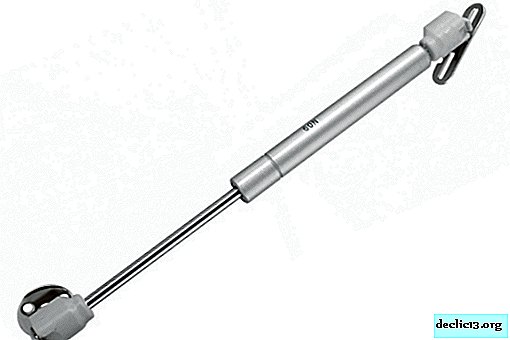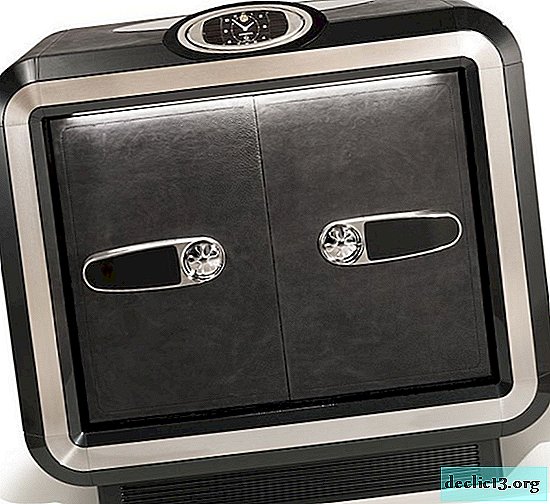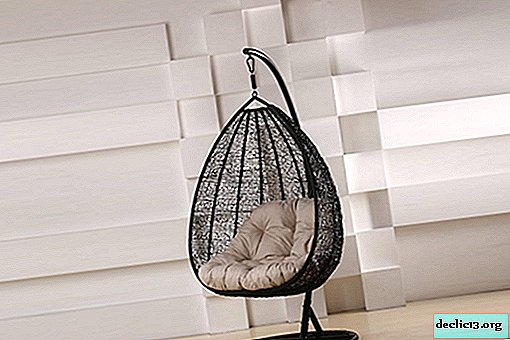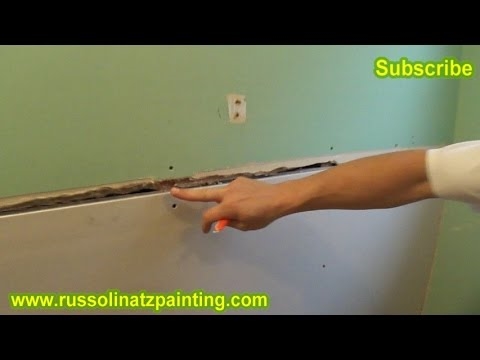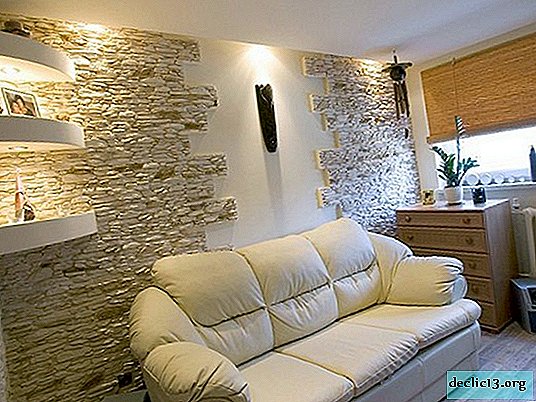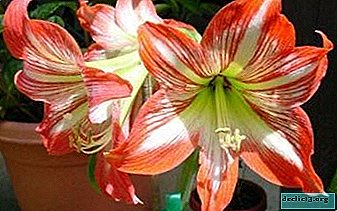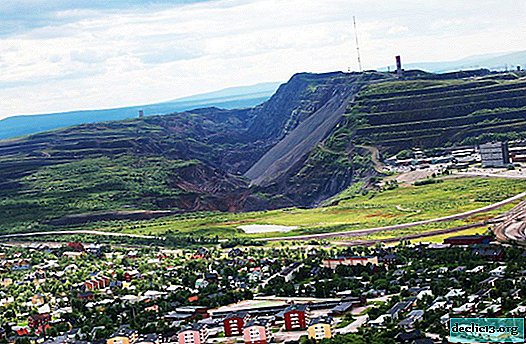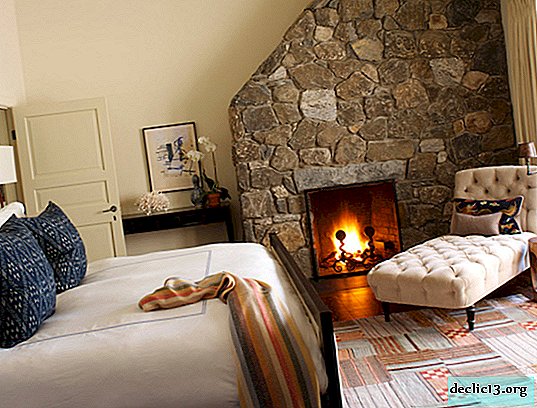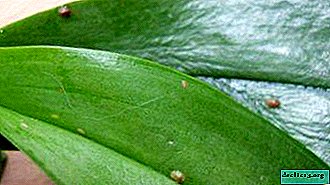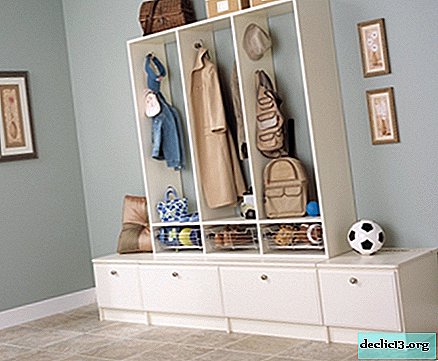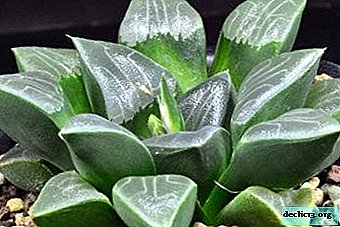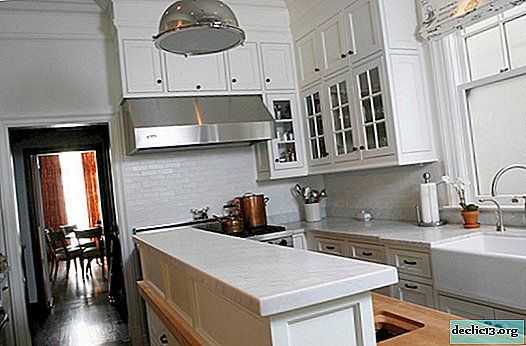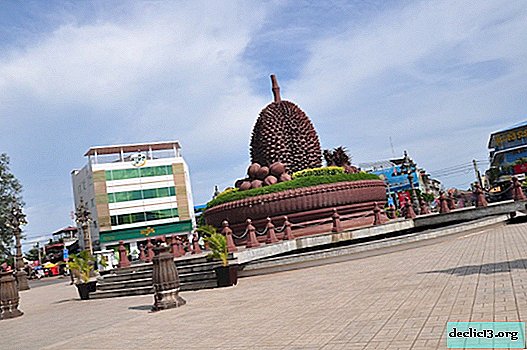Non-woven wallpaper: photos in the interior and description
At the present stage of development of the decoration materials industry, non-woven wallpaper occupies an increasingly leading position. Every day more and more of their supporters among the population. This is due to the high quality and positive properties of interlining, such as high strength, the possibility of wet cleaning, ease of gluing and, of course, a presentable appearance. When choosing a wallpaper, you need to clearly determine the type that suits you best. This can be wallpaper for painting, foamed vinyl, tight vinyl, non-woven, as well as with silk-screen printing elements.
Advantages and disadvantages of non-woven wallpaper:
- thanks to the dense base they allow masking small wall defects (cracks and bumps);
- fire safety and fire resistance;
- the material lets air through, which allows the walls to “breathe”;
- ease of sticking: do not stretch and do not tear. Glue is applied only to the walls, which reduces the working time;
- simplicity in leaving: for cleaning it is possible to use the vacuum cleaner or a rag;
- due to its resistance to sunlight, wallpaper retains its former appearance for a long time;
- antistatic.
- poor resistance to mechanical damage: scratches and small dents may remain;
- require periodic cleaning;
- relatively high cost.
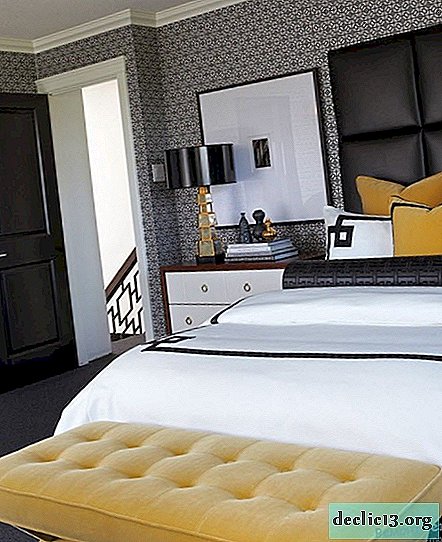














There are two main types of non-woven wallpaper:
Structural - a distinctive feature is the content of foamed vinyl, which is applied to the base of fibrous cellulose. That is, in this case, non-woven acts only as the basis of the material, and the decorative qualities of the wallpaper are endowed with a special vinyl layer.
Fully non-woven based - presented with a fairly dense texture. The base, which does not allow absolutely no deformation of the canvas. Otherwise, all the flaws of the wall will appear through them. Therefore, they can only be glued on the wall after perfect preparation. Having an original texture, they are great for additional coloring. The only thing that requires special attention is compliance with the technology of applying the material.
The technique of pasting non-woven wallpaper
First, you need to thoroughly clean the surface. Wash whitewash, remove paint or old wallpaper, prime and dry. To facilitate the work, you need to mark the glued surfaces. After marking, apply glue. Moreover, we cover the surface a little more than necessary. We cut off the wallpaper with a margin of 7–10 centimeters. We apply the first cut strictly according to the marks. Using a rubber spatula, iron first from top to bottom, and then diagonally through the Christmas tree. Glue all subsequent canvases exactly along the edge of the previous strip.
However, certain difficulties may arise when pasting corners with complex protrusions. Here the main rule that you need to remember is that fleselin wallpaper does not like overlapping, which in itself implies accuracy and filigree execution.
So to summarize. This wallpaper, as mentioned above, perfectly hide, cracks and unevenness of the surface without breaking, and preserving the original appearance. It is this fact that makes non-woven wallpaper the most popular.

